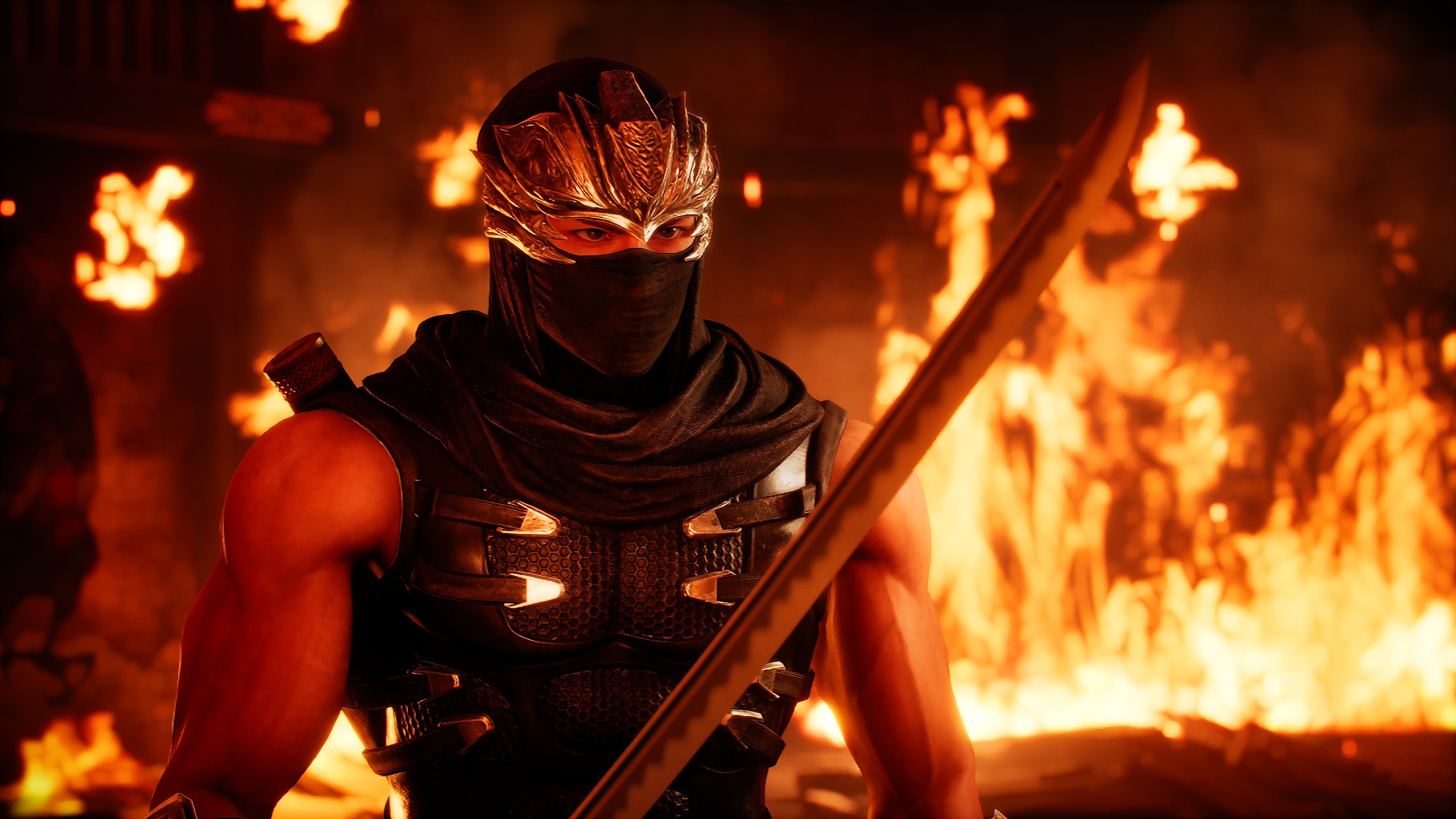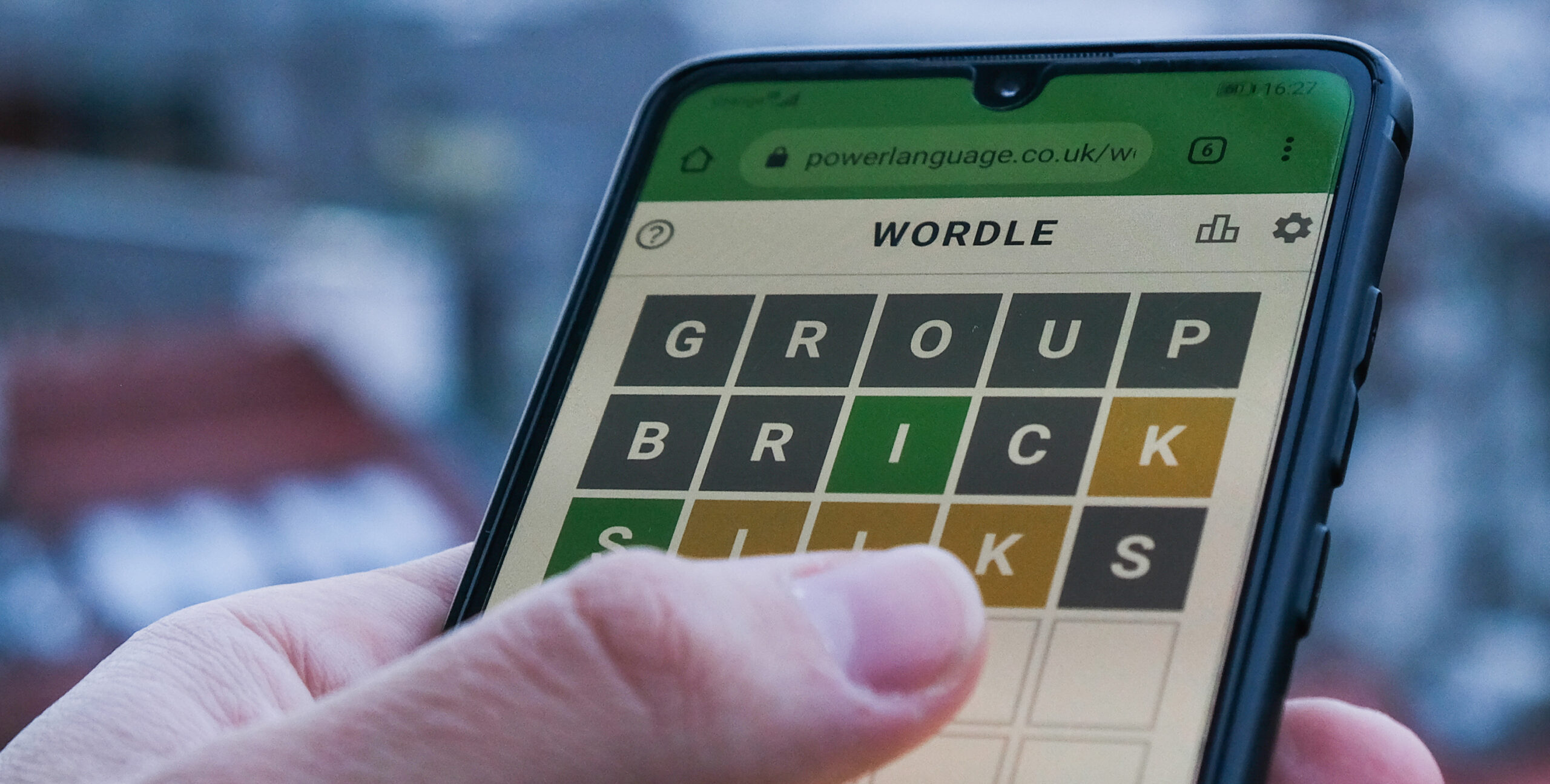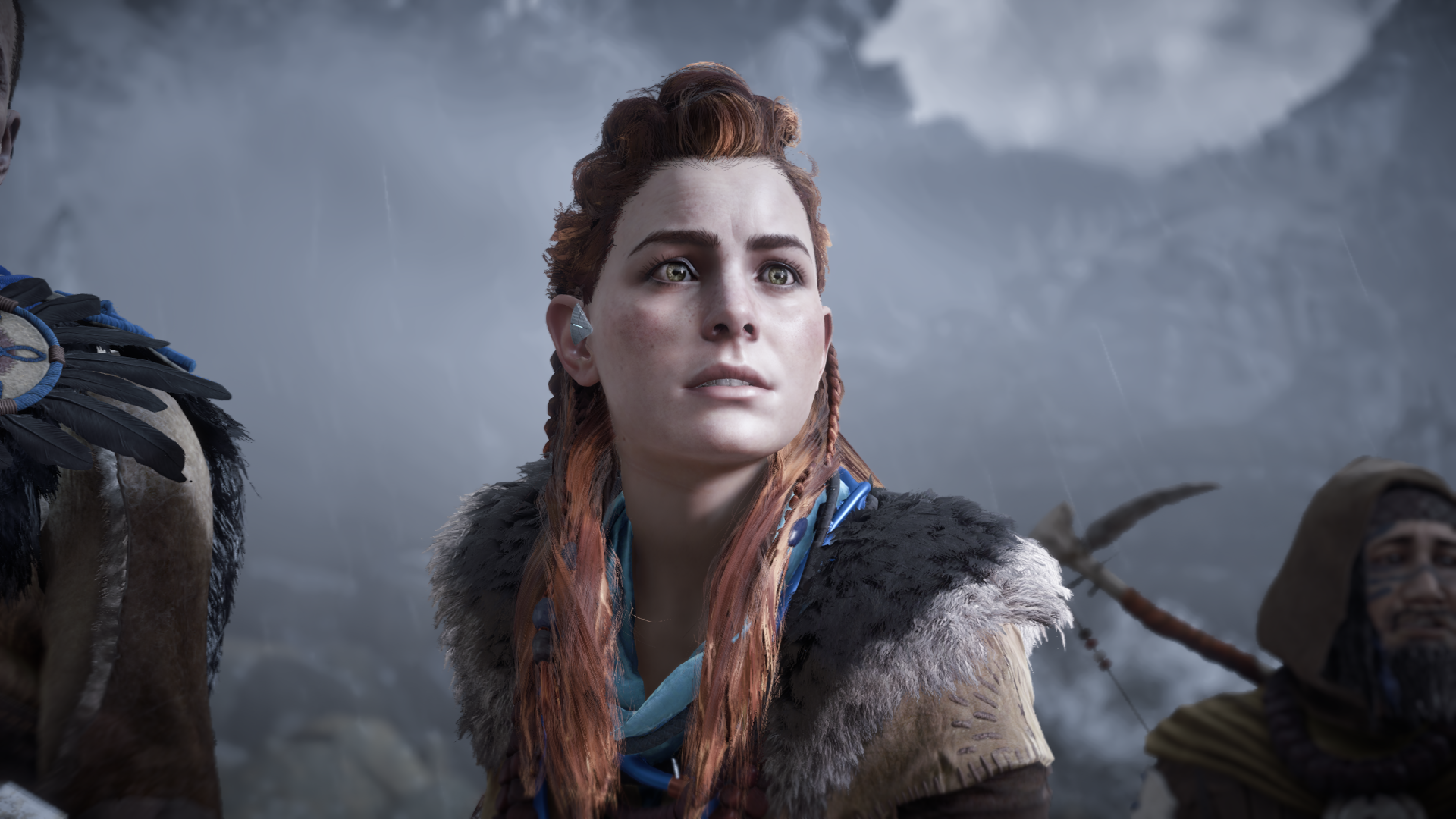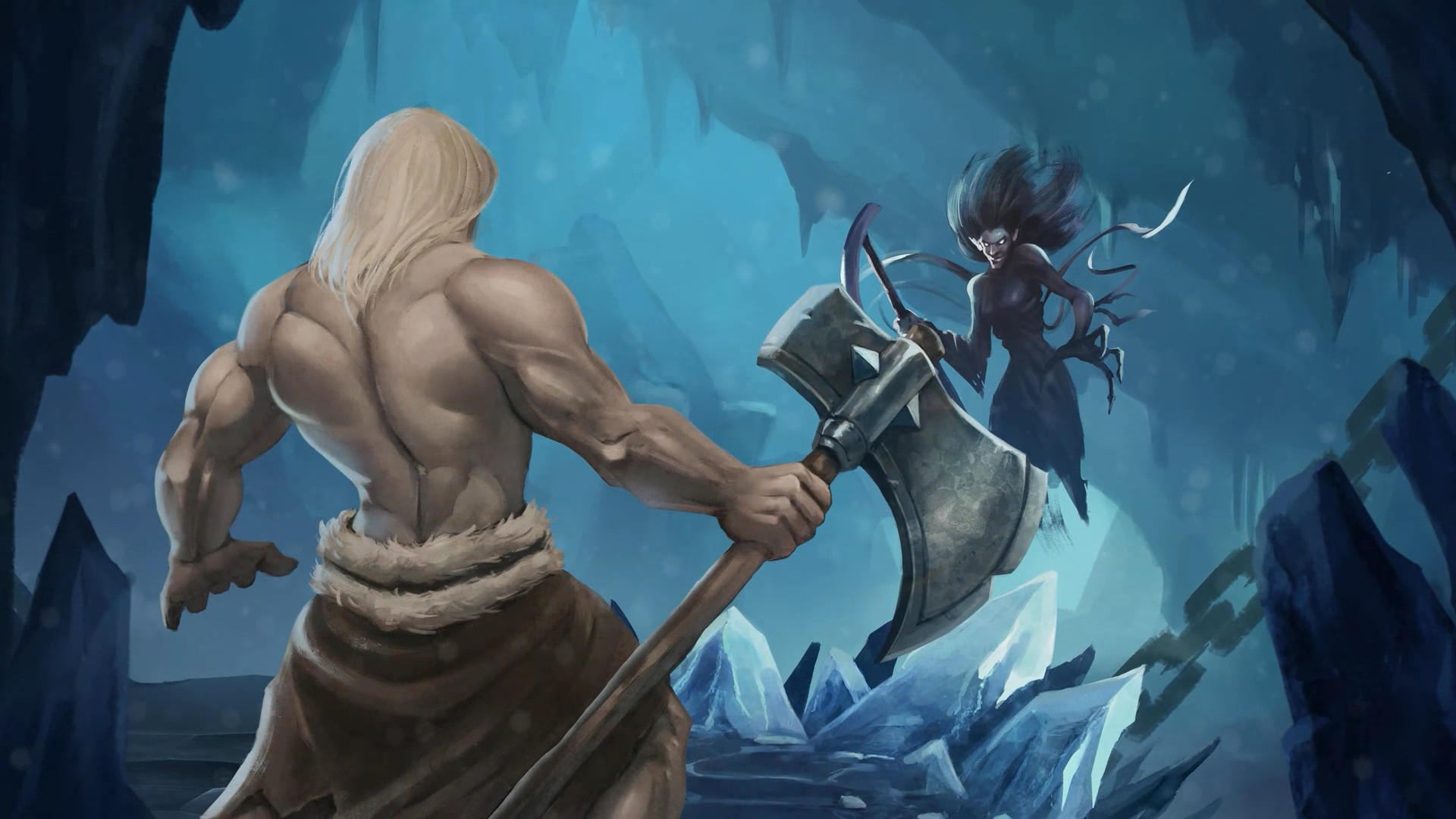Game Pass means different things to different people: a rich repository of indie games, a place to play Microsoft’s AAA games on Day One, and a covert way to mainline Call of Duty into our bloodstreams. One moment you’re whip-cracking fascists in the new Indiana Jones, the next you’re rolling back the years with the original Diablo or SimCity 4–then, before you know it, you’re sliding around Nuketown in BLOPS 6 and wondering how you got there.
You’ll find games developed all over the world too, not least of all from the hotbeds of talent in East Asia. So as we cast the spotlight on that neck of the woods for Anime Month, let’s dive into some of the best Game Pass titles hailing from Japan and beyond (which include the surprise return of a classic Xbox action-slasher).
Ninja Gaiden 2 Black
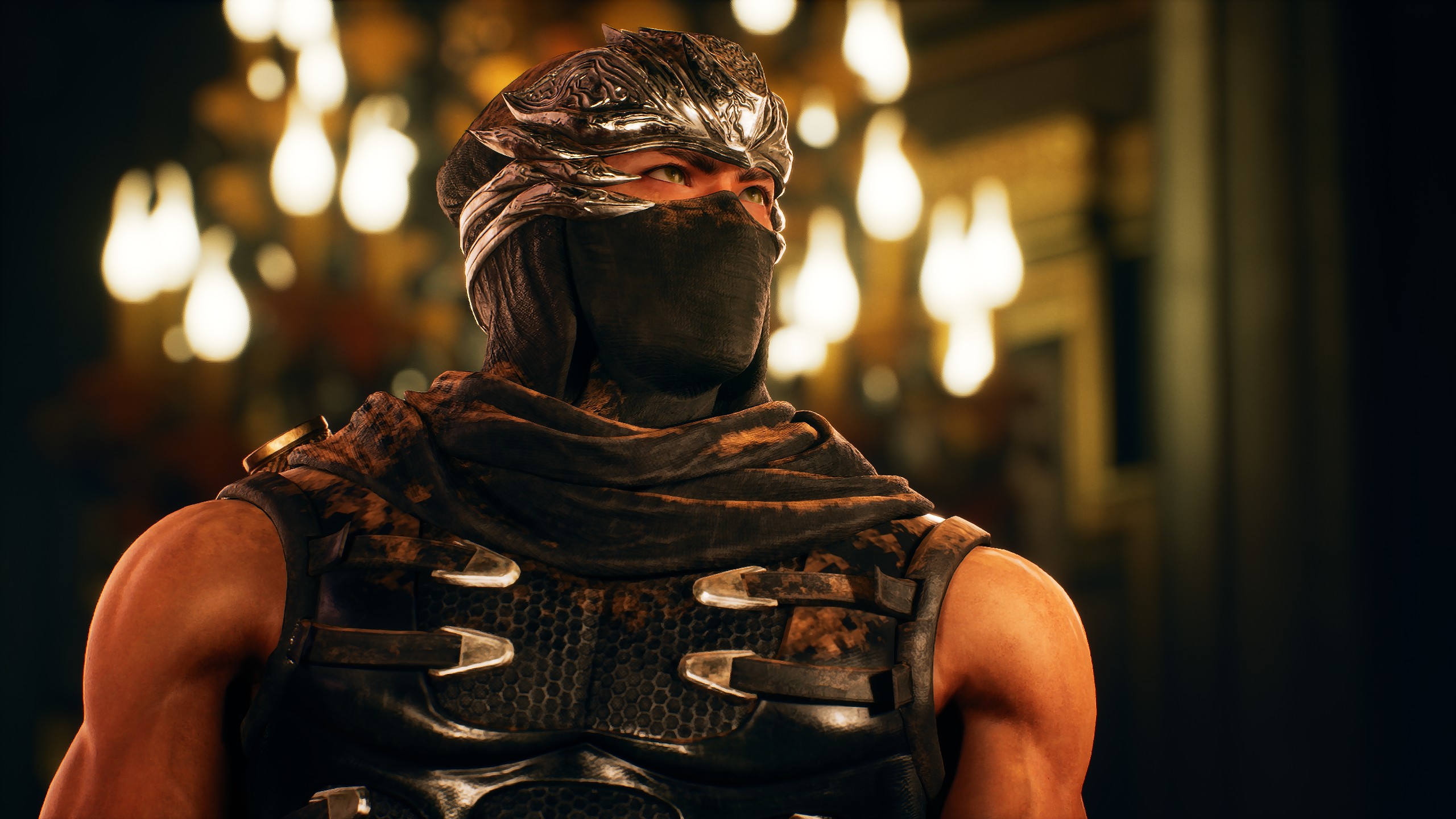
Before Dark Souls normalised a tough-love approach to difficulty, there was Ninja Gaiden. Originating on the NES but later making a glorious return on Xbox during the 2000s, the series oriented itself around precise high-paced combat, daunting boss battles, and a swift death should you lose your cool and attempt to button-mash your way out of trouble. It was tough. Really tough.
Ninja Gaiden 2 Black is a remaster of maybe the most loved game in the series, getting an Unreal Engine 5 overhaul that adds vicious dismemberment effects and brings the graphics up to current-gen sheen. Going a little beyond regular remaster territory, it also adds three new characters to play, and a mode that makes things a little more accessible for newcomers to the diamond hard series. It’s a perfect warmup to Ninja Gaiden 4, which is coming to Game Pass later in the year, and in the meantime you can also play Ninja Gaiden: Master Collection on the platform, which bundles all three Xbox/360-era Gaiden games into one.
Persona 3 Reload
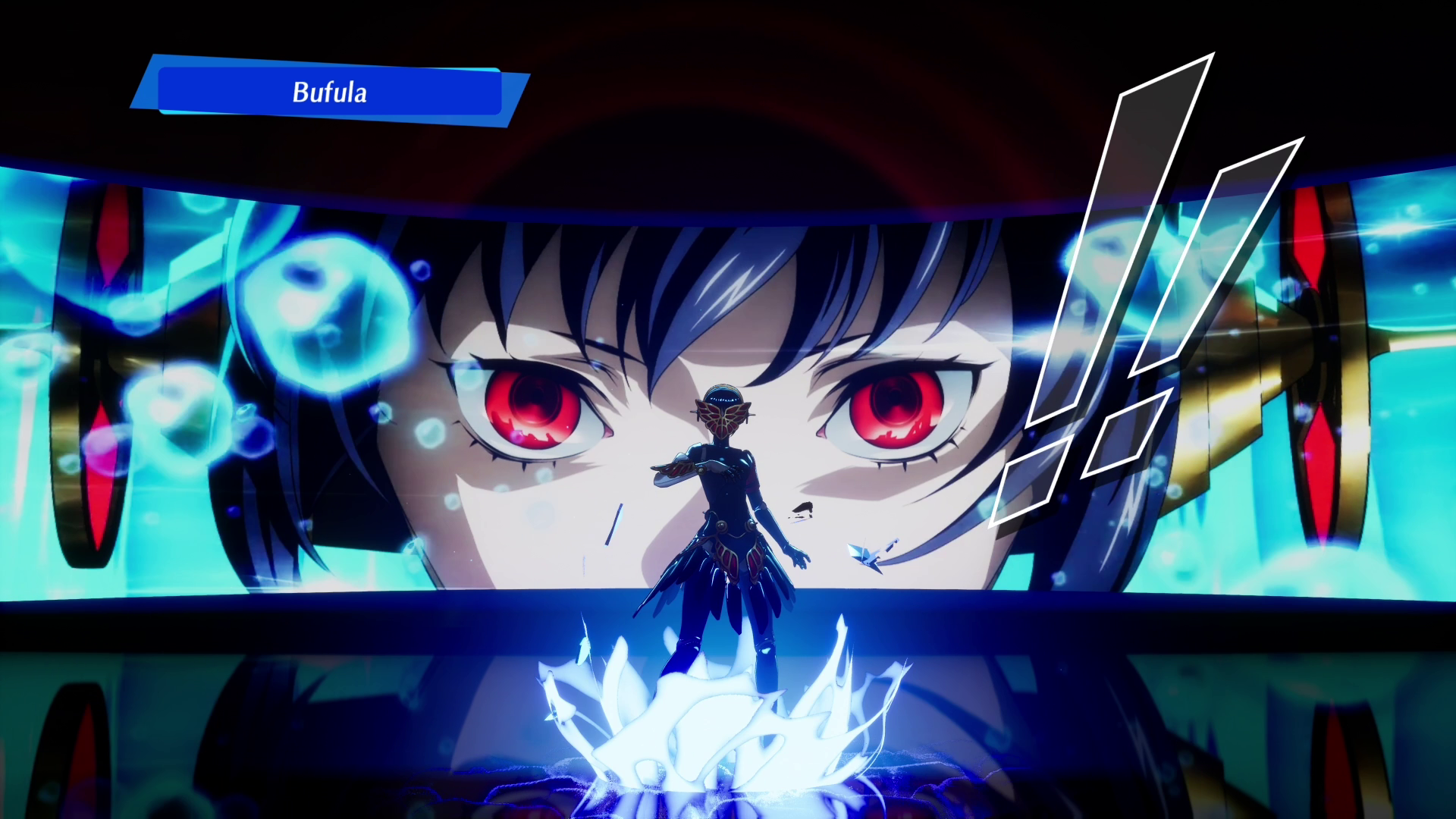
Ask around online about which entry in Atlus’ angsty high-school JRPG series is the best, and Persona 3 will be a strong contender. The ‘Reload’ version, released last year, is a comprehensive remake of the 2006 game, with an all-new voice cast, improved soundtrack, and revamped Tartarus dungeon, among many other things. It also plucks a few pages from the Persona 5 book with a similarly cel-shaded art style and more granular control over your party in combat. In an age when the line between remakes and remasters can be a bit hazy, Persona 3 Reload is a remake done right.
As the new kid at Gekkoukan High School, you shift between daily school life—making friends, pursuing romances, going to class—and fighting Shadows in the Dark Hour, a liminal place in spacetime inhabited by the dark side of humanity’s collective unconscious. It’s a long adventure at well over 100 hours, but our Heather ‘enjoyed every hour she spent on it,’ so clearly it’s time well spent.
Nine Sols
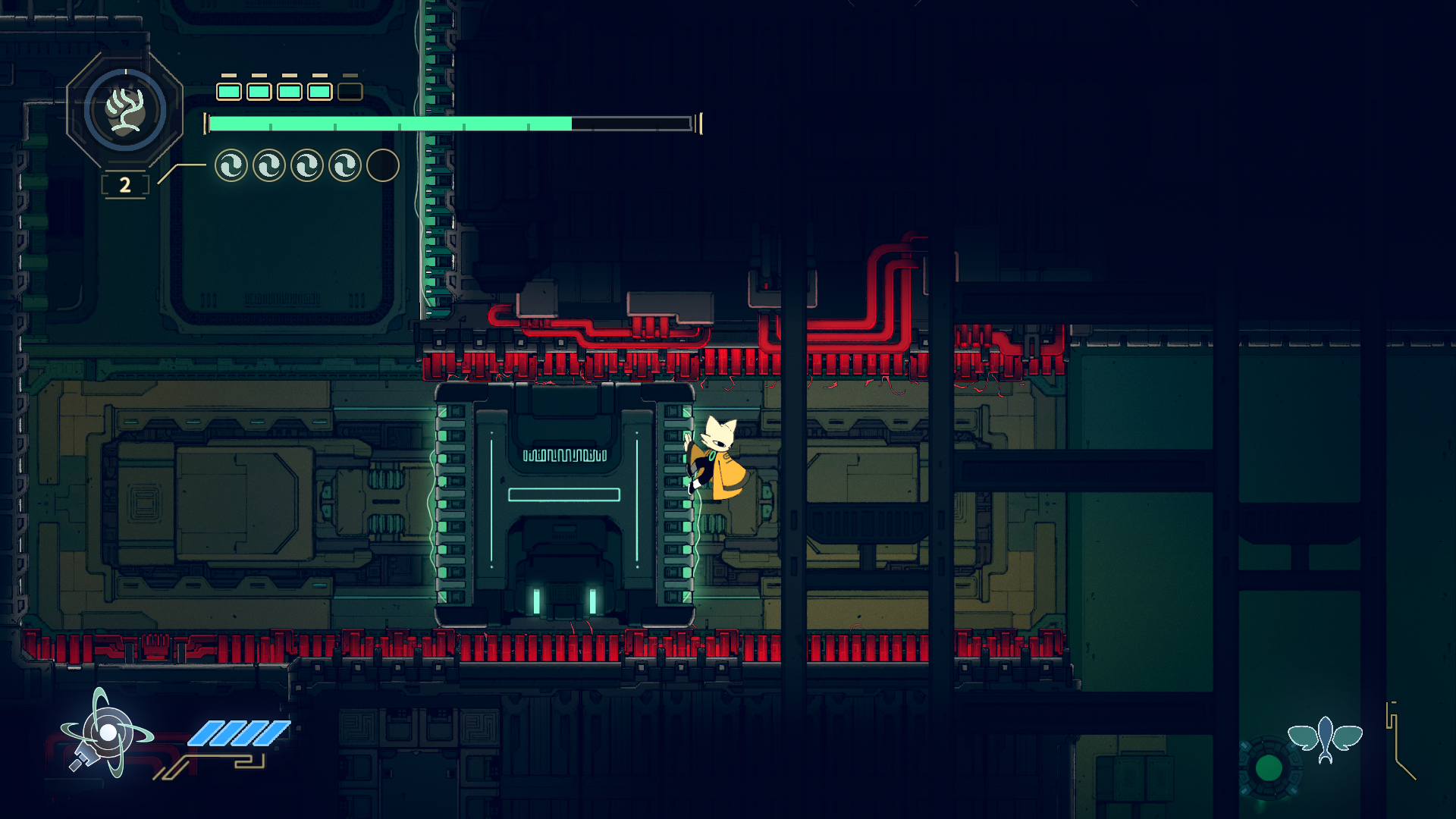
One of the best indie games of last year may look cute, putting you in control of a feline protagonist with minimal facial features, but just a few hours in you’ll realise that this beautiful Metroidvania has more in common with FromSoft’s ruthless slasher Sekiro than it does with Hello Kitty. Elden Ring veterans who’ve conquered the DLC (or died many times trying) should certainly have it on their radars, while our Abbie was so enraptured by it that she felt compelled to review it seven months after release and declare it better than Shadow of the Erdtree.
Parrying is the aim of the game here—the better you parry, the more Qi you build up to perform more powerful moves. While combat is very much the focus, the interconnected world design is also brilliant, and the story is a fine blend of depth, humour, and horror. It’s a very complete package from Taiwanese developer Red Candle Games.
Octopath Traveler II
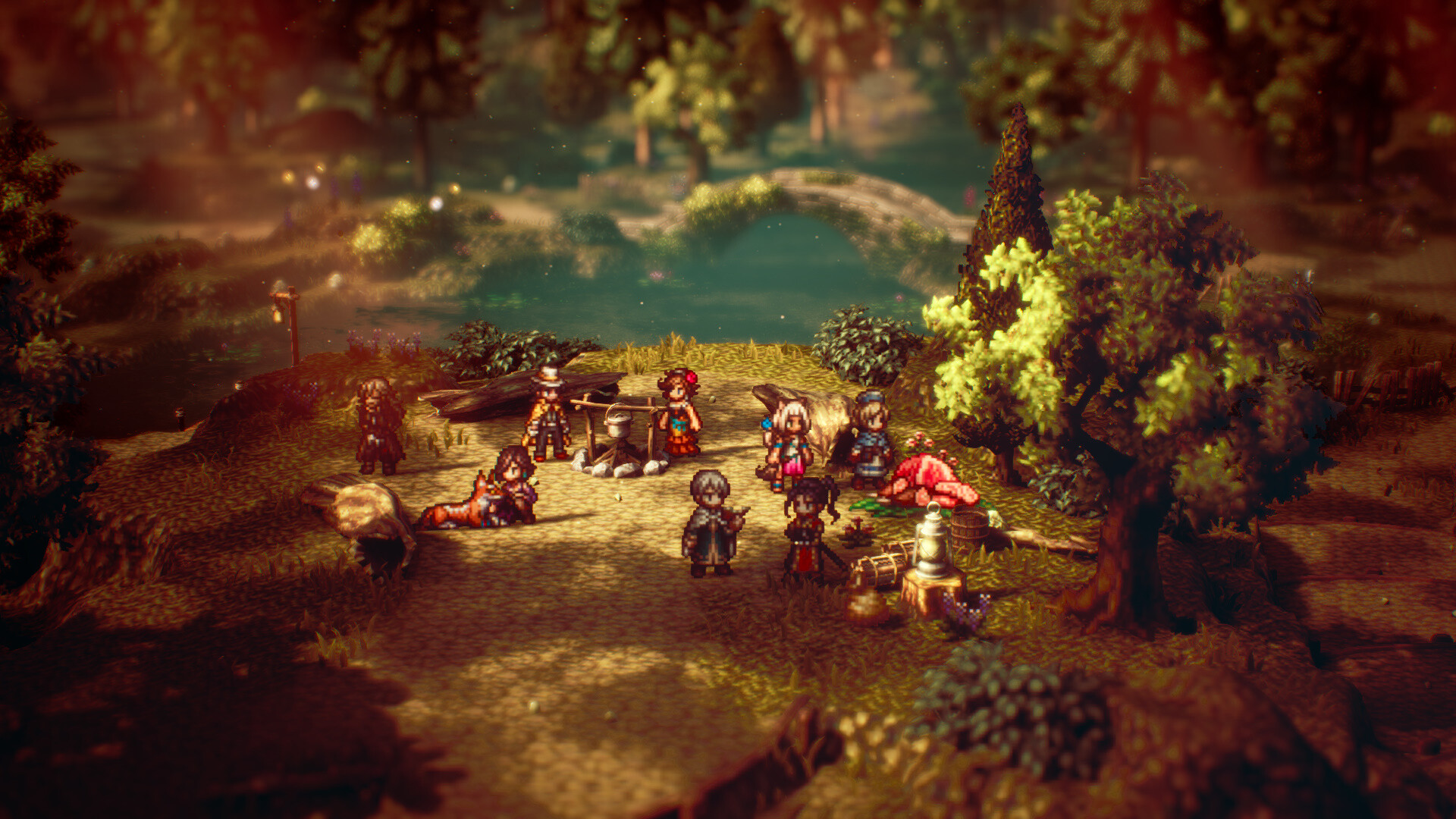
If your idea of nostalgia is playing SNES cross-legged in the mid-90s, with the twinkling soundtracks, epic tales, and evocative 16-bit graphics of Chrono Trigger and Final Fantasy VI lighting up your senses, then Octopath Traveler 2 will be your jam. Its lovely HD-2D graphics artfully bring the feel of that era into modernity, while its eight-protagonist story (hence the ‘Octo,’ you see) can be enjoyed without having played the first game.
This sequel evolves on its predecessor, with a day-night cycle affecting the availability of Path Actions and events, improved combat, and deeper character progression that unlocks all kinds of new party synergies. Beyond that, the world of Solistia is a stunning place to explore, brimming with engaging side-quests and characters. It’s a love letter to the halcyon days of 16-bit JRPGs, and also a welcoming entry point into the genre for the curious.
Kunitsu Gami Path of the Goddess
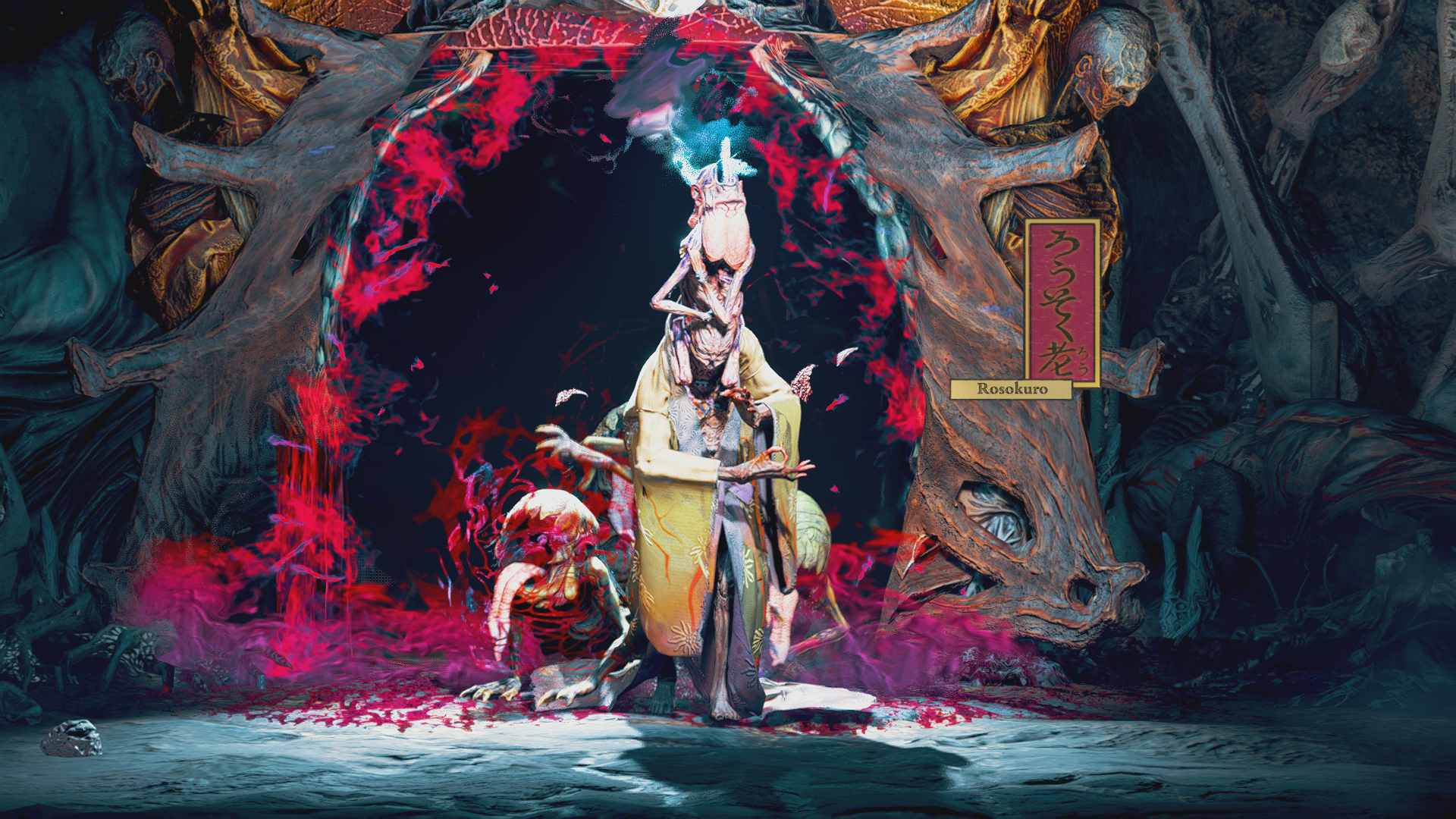
Of all the weird and wildly inventive games released in 2024, this fusion of tower defence, DMC-style action, and strategy probably came out on top. Steeped in Japanese by folklore and Kagura stylings, Kunitsu Gami flows at fast pace between fighting demons as you ascend a cursed mountain, and bolstering the defences of the villages you liberate so that they’re ready for the next onslaught. And all along you’re working within a day-night cycle that drastically changes the threats you face depending on when you face them (night=bad, obviously).
According to our glowing review, it’s “a gorgeous and engaging take on tower defence” that lets you “play the part of an action hero, strategic mastermind, and divine protector all at once.”







